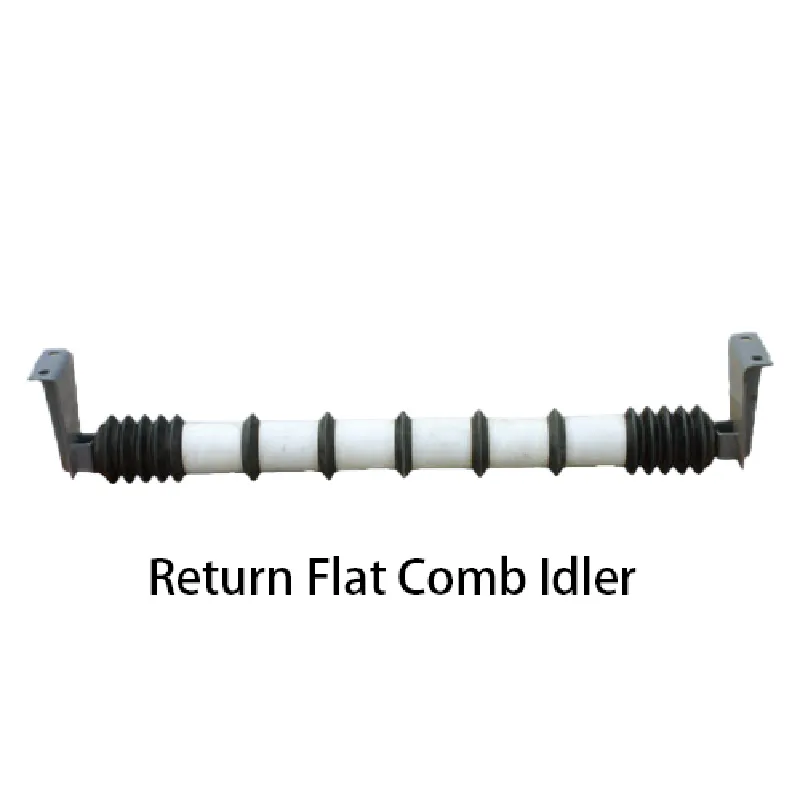 Afrikaans
Afrikaans  Albanian
Albanian  Amharic
Amharic  Arabic
Arabic  Armenian
Armenian  Azerbaijani
Azerbaijani  Basque
Basque  Belarusian
Belarusian  Bengali
Bengali  Bosnian
Bosnian  Bulgarian
Bulgarian  Catalan
Catalan  Cebuano
Cebuano  Corsican
Corsican  Croatian
Croatian  Czech
Czech  Danish
Danish  Dutch
Dutch  English
English  Esperanto
Esperanto  Estonian
Estonian  Finnish
Finnish  French
French  Frisian
Frisian  Galician
Galician  Georgian
Georgian  German
German  Greek
Greek  Gujarati
Gujarati  Haitian Creole
Haitian Creole  hausa
hausa  hawaiian
hawaiian  Hebrew
Hebrew  Hindi
Hindi  Miao
Miao  Hungarian
Hungarian  Icelandic
Icelandic  igbo
igbo  Indonesian
Indonesian  irish
irish  Italian
Italian  Japanese
Japanese  Javanese
Javanese  Kannada
Kannada  kazakh
kazakh  Khmer
Khmer  Rwandese
Rwandese  Korean
Korean  Kurdish
Kurdish  Kyrgyz
Kyrgyz  Lao
Lao  Latin
Latin  Latvian
Latvian  Lithuanian
Lithuanian  Luxembourgish
Luxembourgish  Macedonian
Macedonian  Malgashi
Malgashi  Malay
Malay  Malayalam
Malayalam  Maltese
Maltese  Maori
Maori  Marathi
Marathi  Mongolian
Mongolian  Myanmar
Myanmar  Nepali
Nepali  Norwegian
Norwegian  Norwegian
Norwegian  Occitan
Occitan  Pashto
Pashto  Persian
Persian  Polish
Polish  Portuguese
Portuguese  Punjabi
Punjabi  Romanian
Romanian  Russian
Russian  Samoan
Samoan  Scottish Gaelic
Scottish Gaelic  Serbian
Serbian  Sesotho
Sesotho  Shona
Shona  Sindhi
Sindhi  Sinhala
Sinhala  Slovak
Slovak  Slovenian
Slovenian  Somali
Somali  Spanish
Spanish  Sundanese
Sundanese  Swahili
Swahili  Swedish
Swedish  Tagalog
Tagalog  Tajik
Tajik  Tamil
Tamil  Tatar
Tatar  Telugu
Telugu  Thai
Thai  Turkish
Turkish  Turkmen
Turkmen  Ukrainian
Ukrainian  Urdu
Urdu  Uighur
Uighur  Uzbek
Uzbek  Vietnamese
Vietnamese  Welsh
Welsh  Bantu
Bantu  Yiddish
Yiddish  Yoruba
Yoruba  Zulu
Zulu Different Types of Pulleys Used in Belt Conveyor Systems Explained
Types of Pulleys in Belt Conveyors
Belt conveyors are an essential component in various industries, from mining and manufacturing to logistics and food processing. Among the critical components of a belt conveyor system are pulleys, which play a pivotal role in the functionality and efficiency of the system. Pulleys can be classified into several types, each serving different purposes and applications. Understanding these types is crucial for selecting the right pulley for your conveyor system.
1. Drive Pulley
The drive pulley, also known as the head pulley, is vital in any belt conveyor system. It is located at the discharge end of the conveyor, where the belt wraps around it. The drive pulley is powered by a motor, which provides the necessary torque to move the belt forward. One of the essential characteristics of a drive pulley is its surface. This pulley may be smooth or have a lagging surface to enhance the grip on the belt, minimize slippage, and increase wear resistance. Drive pulleys come in various sizes and materials, depending on the load and application requirements.
2. Idler Pulley
Idler pulleys are non-driven pulleys that support the conveyor belt, maintaining the belt's tension and alignment. These pulleys are located throughout the length of the conveyor, except for the drive and return ends. Idler pulleys help to reduce belt sagging, prevent misalignment, and distribute the weight of the material being transported evenly across the belt. Depending on the conveyor design, idler pulleys may be adjustable, allowing operators to maintain optimal tensions and reduce wear and tear on the belt.
Idler pulleys are categorized into several types, including
- Flat Idlers These are the simplest form, providing basic support for the belt. - Crowned Idlers These pulleys have a slightly raised center, helping to center the belt and maintain alignment during operation. - Return Idlers Positioned on the return side of the conveyor belt, return idlers support the belt as it returns to the drive pulley, ensuring proper tension and support.
types of pulleys in belt conveyor

3. Tail Pulley
The tail pulley is located at the opposite end of the drive pulley (the loading end) and serves to maintain tension on the conveyor belt. It allows the belt to return to the drive pulley for another cycle of material transport. Like the drive pulley, the tail pulley can also have a smooth or lagged surface to prevent slippage and ensure a reliable operation. It is critical for maintaining the overall structural integrity of the belt conveyor, providing necessary tension that prevents the belt from slipping or sagging.
4. Take-Up Pulley
A take-up pulley is designed to help adjust the tension in the belt conveyor system. Operating typically with a take-up unit, which can be either manual or automatic, this pulley plays a critical role in maintaining the required tension. Proper tensioning extends the life of the belt and minimizes wear on the pulleys and rollers. When the belt stretches or when there is a change in load, the take-up pulley can compensate for these changes, ensuring that the belt remains taut and efficient.
5. Bend Pulley
Bend pulleys are used to change the direction of the conveyor belt. These pulleys are especially useful in applications where space constraints require the conveyor to navigate around obstacles or corners. They can be located at various points within the conveyor system to facilitate directional changes while maintaining optimal belt tension and alignment. Bend pulleys help to reduce the wear and tear on the belt, enhance its efficiency, and improve the overall lifespan of the conveyor system.
Conclusion
In summary, pulleys are vital components of belt conveyor systems, each serving distinct functions that contribute to the conveyor's overall performance. From drive pulleys that power the belt to idler pulleys that support and maintain its tension, understanding the different types of pulleys helps in designing and operating an efficient conveyor system. By choosing the appropriate pulleys for specific applications and conditions, industries can enhance productivity and minimize operational costs, ensuring smooth and effective material handling.
-
Trusted Conveyor Solutions from Leading Conveyor Idler Roller ManufacturersNewsJun.27,2025
-
Reliable Return Idler Solutions for Efficient Belt Conveyor SystemsNewsJun.27,2025
-
Precision Conveyor Accessories for Streamlined Material HandlingNewsJun.27,2025
-
High-Quality Belt Conveyor Idler Solutions for Efficient Material HandlingNewsJun.27,2025
-
High-Performance Belt Conveyor Pulleys for Reliable Material HandlingNewsJun.27,2025
-
Enhancing Material Handling EfficiencyNewsJun.27,2025





























